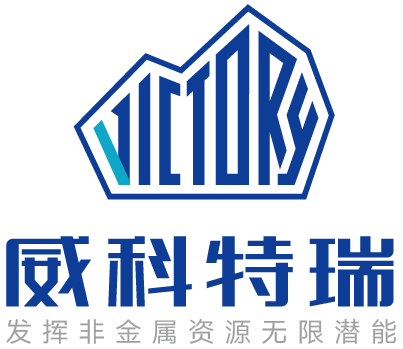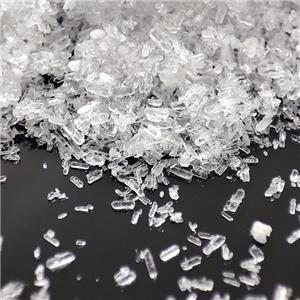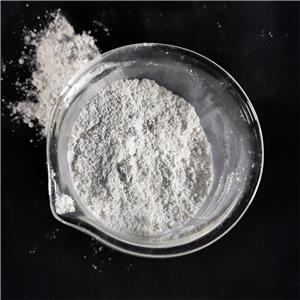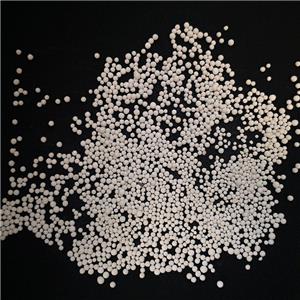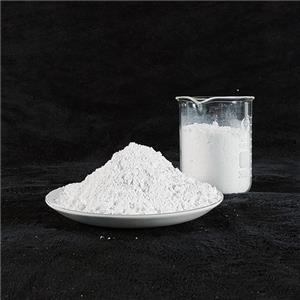How to Select Calcium Carbonate-2
3. If used for Industrial Production or Processes (e.g., fillers, building materials, acid neutralization)
Key Metrics: Purity, Particle Size (Mesh Number), Whiteness.
Selection Points:
Determine the Type:
Ground Calcium Carbonate (GCC): Calcium Carbonate is Produced by mechanically crushing natural minerals (like calcite, marble). Low cost, irregular particle shape.
Uses: Ground Calcium carbonate serves as a filler for plastics, rubber, coatings, paper, artificial stone, wall putty, etc.
Precipitated Calcium Carbonate (PCC): Synthesized through chemical methods (carbonation reaction). Fine particles, generally higher purity than GCC.
Uses: Precipitated Calcium carbonate is used in high-end coatings, inks, cables, toothpaste, etc.
Focus on Particle Size (Mesh Number): This is a core parameter for industrial selection.
Lower Mesh Number: Coarser particles, used for floor paints, animal feed, low-cost fillers, etc.
Higher Mesh Number: Finer particles, used for high-end coatings, plastics, paper, etc., improving product gloss and strength.
Common Specifications: 200 mesh, 325 mesh, 800 mesh, 1250 mesh, 2000 mesh, etc. Choose according to your needs.
Focus on Whiteness: For products like coatings, plastics, and paper where color is important, high-whiteness calcium carbonate is required.
4. If used for Laboratory or Scientific Research
Key Metrics: Extremely high purity, clearly defined chemical composition.
Selection Points:
Look for Reagent Grades: Choose different reagent grades based on experimental requirements.
Analytical Reagent (AR): Very high purity, used for quantitative analysis and precise analytical experiments.
Chemically Pure (CP): Purity slightly lower than AR, used for general chemical experiments and synthesis.
Check Certificates: When purchasing, you should review the product's Material Safety Data Sheet (MSDS) and Analysis Test Report.
Core Advantages:
1. Consistent Quality, Superior Performance
Selected ore sources, high purity, and excellent batch-to-batch consistency.
Precisely controlled particle size distribution, meeting needs from basic filling to high-end functional applications.
2. Cost Optimization & Efficiency Boost
High filling rate effectively reduces your raw material costs.
Excellent flowability, easy processing, and improved production efficiency.
3. Technology-Driven & Customized Service
Professional technical support and solutions to help overcome process challenges.
Customized products (particle size, whiteness, surface modification) available to meet your unique application requirements.
4. Reliable Supply & Production Assurance
Efficient logistics and timely delivery guarantee your production continuity.
5. Eco-Friendly & Sustainable
Products comply with environmental standards, helping you create greener and more sustainable end products.
